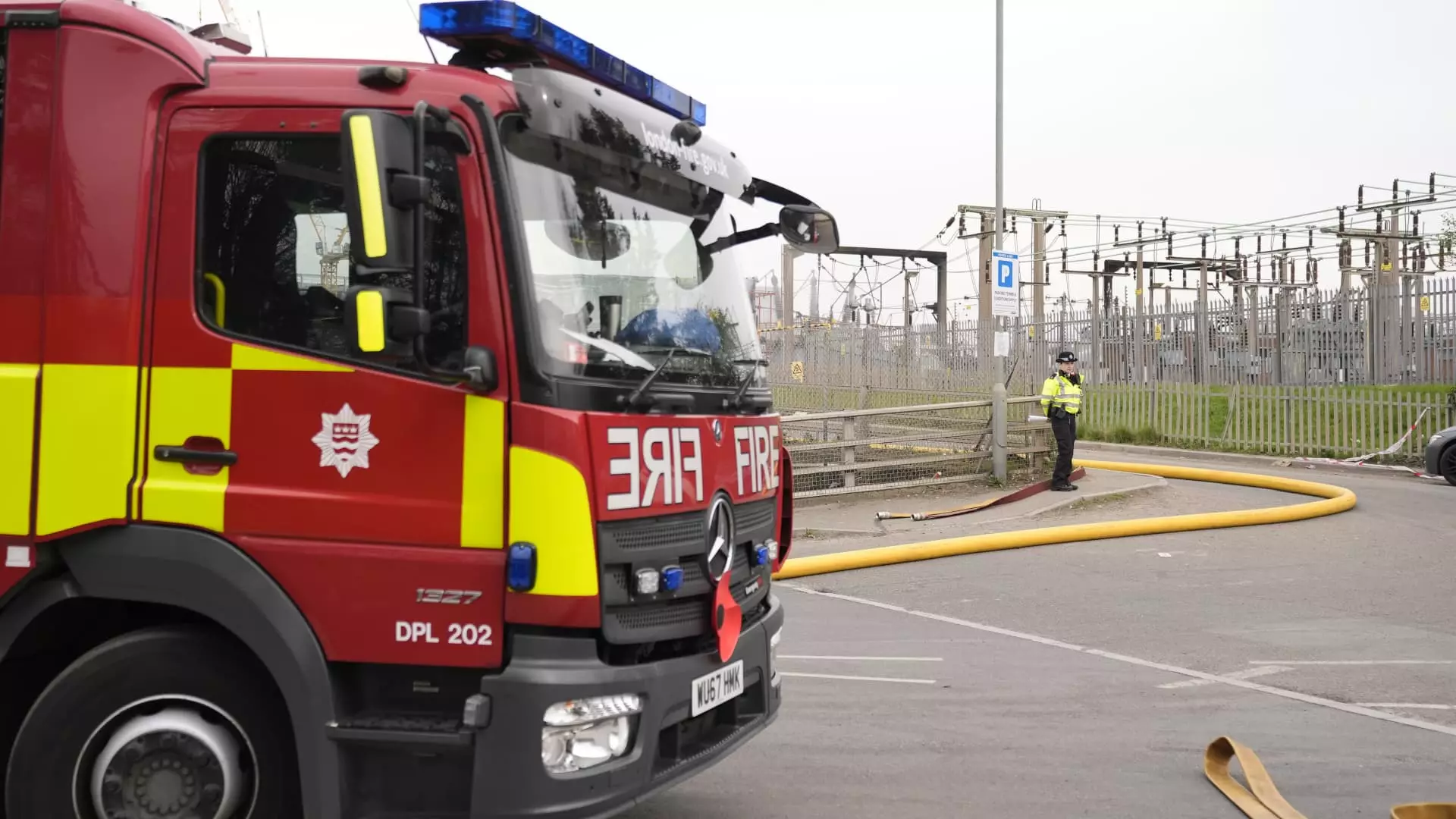The recent fire at Heathrow Airport has unearthed troubling deficiencies within the aviation sector, specifically regarding crisis management and infrastructure resilience. As flights were grounded and thousands of passengers faced chaos, the incident served as a harsh reality check for an industry that many view as unassailable. The glaring flaws exposed by this event urge a serious reevaluation of how aviation aligns its explosive growth with infrastructure advancements—a task that, at its current pace, seems daunting.
A Sector in Overdrive
The aviation industry has rebounded vigorously post-COVID, with air traffic numbers surging beyond pre-pandemic levels. According to the International Air Transport Association (IATA), global passenger traffic is set to grow by an average of 3.8% annually until 2043. Yet, this optimistic outlook doesn’t match the stark realities faced on the ground, especially highlighted by Heathrow’s recent power outage. Anita Mendiratta, a travel industry expert, aptly pointed out that the “growth of the aviation industry is happening faster than the growth of infrastructure.” This lack of alignment poses real risks. How can we trust an industry that prioritizes expansion over operational stability?
Inadequate Crisis Preparedness
Heathrow’s reliance on a single power source for its operations stands as a glaring oversight. The incident drew sharp criticism from various stakeholders. Willie Walsh, Director General of IATA, did not mince words, labelling the reliance on a “single” power source a “clear planning failure.” While Heathrow Airport’s statement affirms the existence of multiple sources of energy, the evident vulnerability of back-up systems raises troubling questions about just how prepared this airport is for unforeseen calamities. If a seemingly manageable incident like a localized fire can disrupt operations so drastically, what about more profound disruptions from geopolitical turmoil or extreme weather events that are increasingly common?
The Ripple Effects on Global Aviation
The implications of the Heathrow fire stretch far beyond just immediate cancellations. Mendiratta warns that such incidents introduce cascading effects on both passengers and the freight industry, with over 4,000 tons of cargo passing through Heathrow daily. A disruption at this critical hub impacts international logistics, exacerbating challenges faced by global supply chains. What’s more alarming is how this situation may affect the customer experience in the long run. Will affected passengers remember how airlines handled their needs during a crisis—whether through timely communication or compensation? Such factors directly influence how easily airlines can retain customers post-incident.
A Call for Sustainable Infrastructure Growth
The juxtaposition between aviation growth and infrastructure inadequacy is not merely a logistical concern; it draws attention to the urgent necessity for sustainable practices. As Mendiratta notes, the aviation industry is actively pushing for the adoption of sustainable aviation fuels to meet decarbonization targets. However, this is not just about environmental impact; it also extends to the infrastructure required to support these advancements. As we stand on the brink of significant technological transitions, can we afford to overlook the implications for energy resilience and crisis readiness? Aviation’s expansion must not come at the cost of safety and reliability.
Investors Are Watching—With Caution
The ongoing turbulence at Heathrow does not just concern passengers; it raises flags for investors closely monitoring the industry. As Mendiratta pointed out, the immediate financial repercussions include out-of-pocket costs for food, accommodation, and alternative transport methods. The broader implications for investor confidence are equally significant. Will airlines emerge from this crisis with their reputation intact, or will customer care mishaps compound the challenges they face? The sustainability of airlines’ business models depends not just on recovering from incidents but on how they respond to customer needs during crises. In an age where consumer loyalty is tenuous, airlines need to invest heavily in crisis management strategies that prioritize not just efficiency, but also empathy.
The lessons learned from the Heathrow crisis are not isolated; they serve as a loud wake-up call for the entire aviation industry. If stakeholders do not grasp the urgency of reforming their infrastructure and crisis management practices, the very foundations of consumer trust and operational integrity could be jeopardized. As both the travel industry and investors look to the future, the question remains: will they heed this warning or continue to gamble with a flawed system?

